Table of Contents
- Introduction: The Importance of Feline Dental Health
- Common Dental Problems in Cats: Causes and Symptoms
- Diagnosis of Feline Dental Issues: What to Expect
- Treatment Options for Cat Dental Problems
- Preventing Dental Woes in Your Feline Friend
- Dental Care at Home: Tips and Tricks for Cat Owners
- The Role of Nutrition in Feline Dental Health
- Dental Health and Overall Well-being: The Connection in Cats
- When to Seek Veterinary Care for Your Cat’s Teeth
- Conclusion: Taking Action for Your Cat’s Dental Health
Introduction: The Importance of Feline Dental Health
As cat owners, we often focus on keeping our feline friends healthy and happy by providing them with nutritious food, regular exercise, and plenty of love and attention. However, one area of cat care that is often overlooked is their dental health. In fact, many cat owners are not even aware of the potential dental problems that their cats may face.
Why is Feline Dental Health Important?
Just like humans, cats can suffer from a variety of dental problems, including gum disease, tooth decay, and even tooth loss. These issues can cause pain, discomfort, and difficulty eating, which can ultimately affect your cat’s overall health and well-being. Furthermore, untreated dental problems can lead to more serious health issues such as heart, liver, and kidney disease.
The Prevalence of Cat dental problems
According to the American Veterinary Dental Society, approximately 70% of cats over the age of three have some form of dental disease. This statistic highlights the importance of regular dental check-ups and preventative care for our feline friends.
Recognizing Cat Dental Problems
It is important to be aware of the signs of Cat Dental Problems, which may include bad breath, difficulty eating or drinking, drooling, and pawing at the mouth. If you notice any of these signs, it is important to consult with your veterinarian right away.
In the next sections, we will explore common cat dental problems, diagnosis, treatment options, and preventative care strategies. By understanding the importance of feline dental health and taking action to prevent and treat cat dental problems, you can help ensure a happier, healthier life for your beloved furry companion.
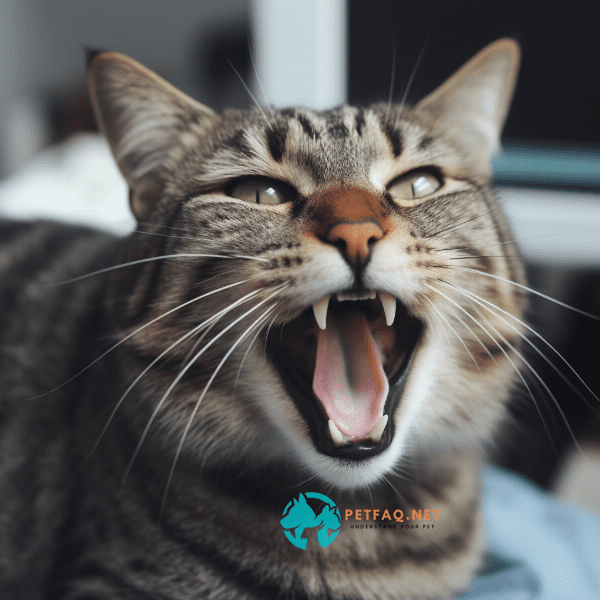
Common Dental Problems in Cats: Causes and Symptoms
Cats can experience a range of dental problems that can cause pain and discomfort, affecting their overall health and happiness. In this section, we will discuss some of the most common cat dental problems, their causes, and the symptoms to watch out for.
Gingivitis
Gingivitis is a common dental problem in cats, caused by the build-up of plaque and tartar on their teeth. This build-up can irritate the gums, causing inflammation and infection. Symptoms of gingivitis may include red, swollen, and bleeding gums, bad breath, and difficulty eating.
Periodontal Disease
Periodontal disease is a more advanced form of gingivitis, which can cause damage to the tooth roots and the surrounding bone. This can lead to tooth loss, abscesses, and other serious health problems. Symptoms of periodontal disease may include loose teeth, swollen gums, and bad breath.
Tooth Resorption
Tooth resorption is a painful condition where the body begins to reabsorb the tooth, often resulting in tooth loss. The exact cause of tooth resorption is unknown, but it is thought to be related to inflammation and immune system disorders. Symptoms of tooth resorption may include tooth sensitivity, bleeding gums, and difficulty eating.
Fractured Teeth
Cats can experience fractured teeth due to trauma, chewing on hard objects, or other causes. Fractured teeth can be painful and may expose the sensitive inner layers of the tooth, increasing the risk of infection. Symptoms of fractured teeth may include difficulty eating, pawing at the mouth, and bleeding from the mouth.
By recognizing the causes and symptoms of these common cat dental problems, you can take action to prevent and treat them before they become more serious. In the next section, we will explore how these dental problems are diagnosed.

Diagnosis of Feline Dental Issues: What to Expect
Regular dental check-ups are important for detecting and treating cat dental problems early. In this section, we will discuss how cat dental problems are diagnosed and what to expect during a dental examination.
Visual Examination
During a dental examination, your veterinarian will visually inspect your cat’s teeth and gums for any signs of dental problems. They will look for plaque and tartar build-up, inflamed or bleeding gums, and any signs of tooth decay or damage.
Dental Radiographs
In some cases, dental radiographs (X-rays) may be needed to get a more detailed look at your cat’s teeth and gums. Dental radiographs can help detect dental problems that may not be visible during a visual examination, such as tooth root abscesses, fractures, or periodontal disease.
Anesthesia
In order to perform a thorough dental examination and any necessary dental procedures, your cat will need to be put under general anesthesia. This is because dental procedures can be uncomfortable and even painful for cats, and general anesthesia ensures that they will not experience any pain or discomfort during the procedure.
Sedation-Free Dental Cleanings
While sedation-free dental cleanings may seem like a good alternative to general anesthesia, they are not recommended by veterinary professionals. Sedation-free dental cleanings may be ineffective at removing tartar below the gumline and can actually cause trauma to the teeth and gums.
By understanding what to expect during a dental examination, you can feel more prepared and confident in taking your cat to the vet for regular dental check-ups. In the next section, we will explore the treatment options available for cat dental problems.
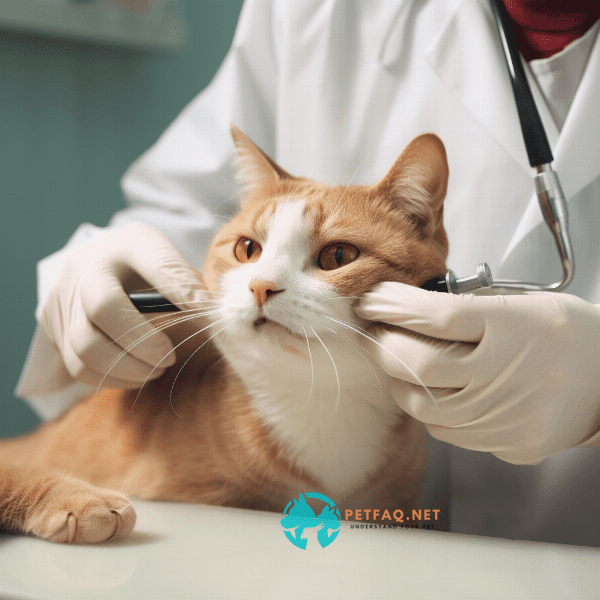
Treatment Options for Cat Dental Problems
There are several treatment options available for cat dental problems, ranging from simple preventative care to more complex dental procedures. In this section, we will explore some of the most common treatment options for cat dental problems.
Preventative Care
The best way to treat cat dental problems is to prevent them from occurring in the first place. Regular brushing and cleaning of your cat’s teeth can help remove plaque and tartar build-up, reducing the risk of gum disease and tooth decay. Additionally, providing your cat with dental treats and toys can also help promote good dental health.
Professional Dental Cleaning
If your cat has significant plaque and tartar build-up or other dental problems, they may need a professional dental cleaning. During a professional cleaning, your cat will be put under general anesthesia, and their teeth will be cleaned and polished, removing any plaque and tartar build-up.
Tooth Extraction
In some cases, a damaged or infected tooth may need to be extracted. Tooth extraction is a common procedure in cats and can help prevent further dental problems and alleviate pain and discomfort.
Root Canal Therapy
In cases where a damaged tooth can be saved, root canal therapy may be an option. During this procedure, the damaged portion of the tooth is removed, and the root is filled and sealed, preserving the tooth and preventing further damage.
By understanding the treatment options available for cat dental problems, you can work with your veterinarian to determine the best course of action for your furry friend. In the next section, we will explore preventative care strategies for promoting good dental health in cats.
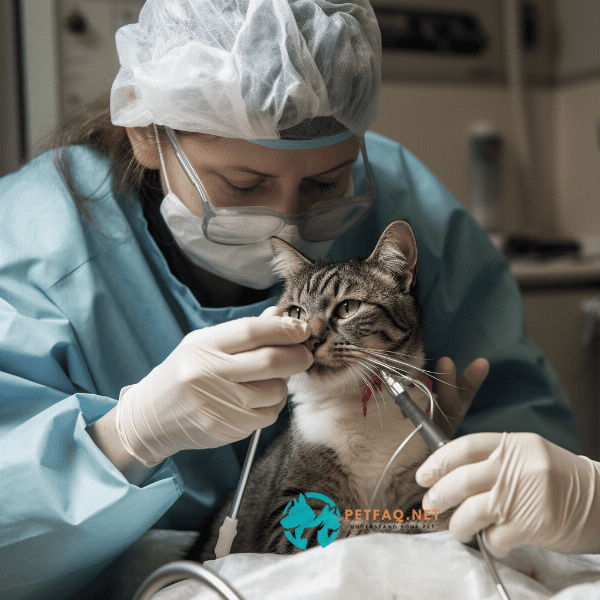
Preventing Dental Woes in Your Feline Friend
Preventative care is key to promoting good dental health in cats and preventing dental problems from occurring. In this section, we will explore some preventative care strategies to help keep your feline friend’s teeth healthy and strong.
Regular Brushing and Cleaning
Regular brushing and cleaning of your cat’s teeth is one of the most effective ways to prevent dental problems. Use a soft-bristled toothbrush and veterinary-approved toothpaste to brush your cat’s teeth at least 2-3 times a week. Additionally, using dental wipes or gels can also help reduce plaque and tartar build-up.
Dental Treats and Toys
Regular dental check-ups with your veterinarian are also important for promoting good dental health in cats. During these check-ups, your veterinarian can assess your cat’s dental health and recommend any necessary preventative or treatment measures.
Proper Nutrition
Proper nutrition is also important for promoting good dental health in cats. Feeding your cat a diet that is high in protein and low in carbohydrates can help reduce plaque and tartar build-up. Additionally, feeding your cat dry food can also help promote good dental health by scraping away plaque and tartar as they chew.
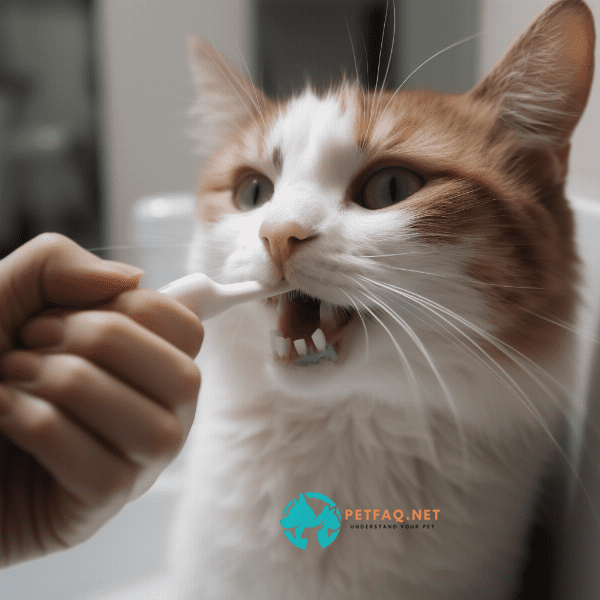
Dental Care at Home: Tips and Tricks for Cat Owners
As a cat owner, there are several things you can do at home to help promote good dental health in your furry friend. In this section, we will explore some dental care tips and tricks for cat owners.
Brushing Your Cat’s Teeth
Regular brushing of your cat’s teeth is one of the most effective ways to prevent cat dental problems. To brush your cat’s teeth, use a soft-bristled toothbrush and veterinary-approved toothpaste. Start by getting your cat used to having their mouth handled, then gradually introduce the toothbrush and toothpaste.
Using Dental Wipes and Gels
Dental wipes and gels can also be used to help promote good dental health in cats. Dental wipes can be used to wipe away plaque and tartar build-up, while dental gels can be applied to your cat’s teeth to help reduce plaque and tartar.
Feeding a Dental-Friendly Diet
Feeding your cat a diet that is high in protein and low in carbohydrates can also help promote good dental health. Additionally, feeding your cat dry food can help scrape away plaque and tartar build-up as they chew.
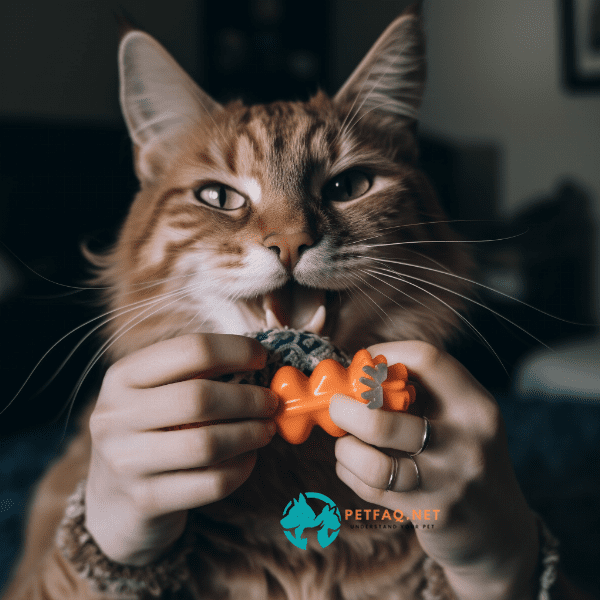
The Role of Nutrition in Feline Dental Health
Proper nutrition is important for promoting good dental health in cats. In this section, we will explore the role of nutrition in feline dental health and how diet can affect cat dental problems.
Protein and Carbohydrates
Texture of Food
The texture of your cat’s food can also play a role in their dental health. Dry food can help scrape away plaque and tartar build-up as your cat chews, while wet food can contribute to the growth of bacteria in the mouth.
Dental-Friendly Foods
There are also foods that are specifically designed to promote good dental health in cats. These foods are typically formulated with specific textures and ingredients to help scrape away plaque and tartar and promote healthy teeth and gums.
Supplements
In addition to a dental-friendly diet, supplements can also help promote good dental health in cats. Supplements such as omega-3 fatty acids and antioxidants can help reduce inflammation and promote healthy teeth and gums.
By understanding the role of nutrition in feline dental health, you can make informed choices about your cat’s diet and help promote good dental health. In the next section, we will explore the connection between dental health and overall well-being in cats.

Dental Health and Overall Well-being: The Connection in Cats
Dental health is an important aspect of overall well-being in cats. In this section, we will explore the connection between dental health and overall well-being in cats.
Pain and Discomfort
Cat dental problems can cause pain and discomfort, affecting your cat’s quality of life. Untreated dental problems can also lead to more serious health issues, such as infections and organ damage.
Behavioral Changes
Cat dental problems can also cause behavioral changes, such as decreased appetite and reluctance to play or interact with their owners. These changes can have a negative impact on your cat’s overall well-being and happiness.
Systemic Health Issues
Dental problems in cats can also have an impact on their systemic health. Poor dental health can contribute to a range of health problems, including kidney disease, heart disease, and diabetes.
By promoting good dental health in your cat, you can help prevent dental problems from occurring and protect your cat’s overall well-being. Regular dental check-ups and preventative care, such as regular brushing and dental-friendly diets, can help keep your cat’s teeth healthy and strong.
In conclusion, by understanding common cat dental problems, preventative care strategies, treatment options, and the role of nutrition in feline dental health, you can help promote good dental health and overall well-being in your furry friend.
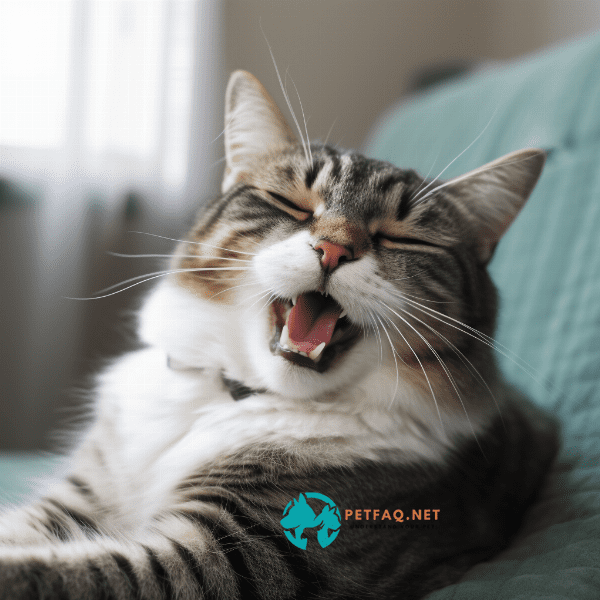
When to Seek Veterinary Care for Your Cat’s Teeth
Regular dental check-ups and preventative care are important for promoting good dental health in cats, but there are also times when you should seek veterinary care for your cat’s teeth. In this section, we will explore when to seek veterinary care for your cat’s teeth.
Signs of Dental Problems
If you notice any signs of dental problems in your cat, such as bad breath, swollen or bleeding gums, or loose or broken teeth, it is important to seek veterinary care. Other signs of dental problems may include difficulty eating, drooling, or pawing at the mouth.
Dental Procedures
If your cat requires a dental procedure, such as a professional cleaning or tooth extraction, it is important to seek veterinary care. These procedures require general anesthesia, which can be risky for cats with certain health conditions.
By seeking veterinary care for your cat’s teeth when necessary, you can help prevent and treat dental problems, protecting your cat’s overall health and well-being.
In conclusion, by understanding when to seek veterinary care for your cat’s teeth, you can help ensure that your furry friend receives the best possible dental care. Regular dental check-ups and preventative care, combined with prompt veterinary care when necessary, can help keep your cat’s teeth healthy and strong.
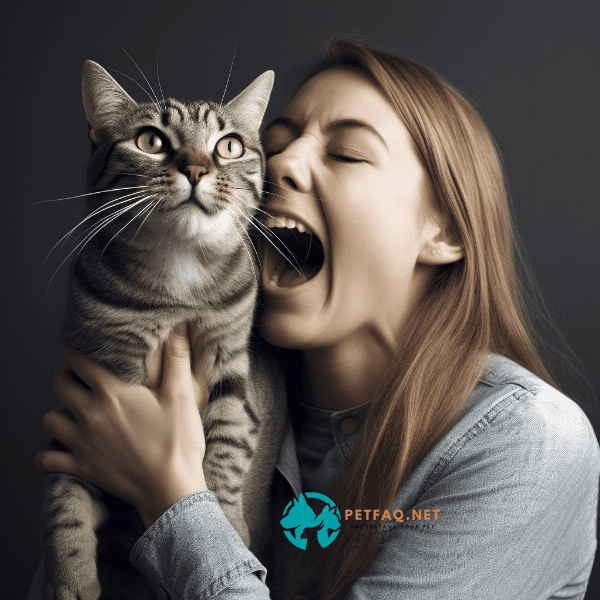
Conclusion: Taking Action for Your Cat’s Dental Health
Cat dental problems can cause pain and discomfort for your furry friend, as well as have a negative impact on their overall health and well-being. By taking action to promote good dental health in your cat, you can help prevent dental problems from occurring and protect your cat’s overall health and happiness.
In this article, we have explored common cat dental problems, preventative care strategies, treatment options, and the role of nutrition in feline dental health. We have also discussed the importance of regular dental check-ups and when to seek veterinary care for your cat’s teeth.
By implementing the tips and strategies outlined in this article, you can help promote good dental health in your cat and prevent cat dental problems from occurring. Remember to regularly brush your cat’s teeth, provide dental treats and toys, feed a dental-friendly diet, and seek veterinary care when necessary.
Your furry friend relies on you to take care of their dental health, so make sure to take action today to protect their teeth and overall well-being.
Frequently Asked Questions (FAQs) about Cat dental problems:
1. How do I know if my cat has dental problems?2. How are dental problems in cats diagnosed and treated by veterinarians?
3. What causes dental problems in cats?
4. What types of dental treatments are available for cats with severe dental problems?
5. What are some preventive measures I can take to keep my cat's teeth healthy?



